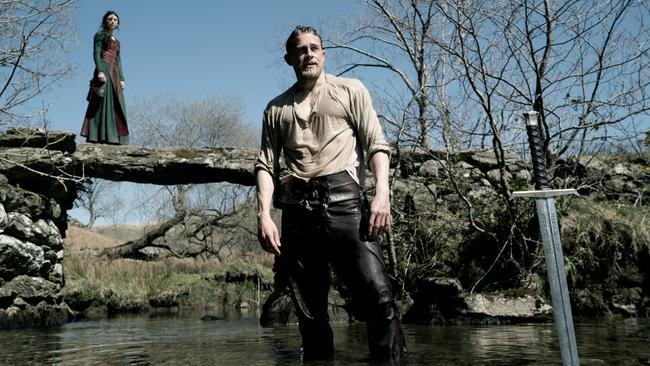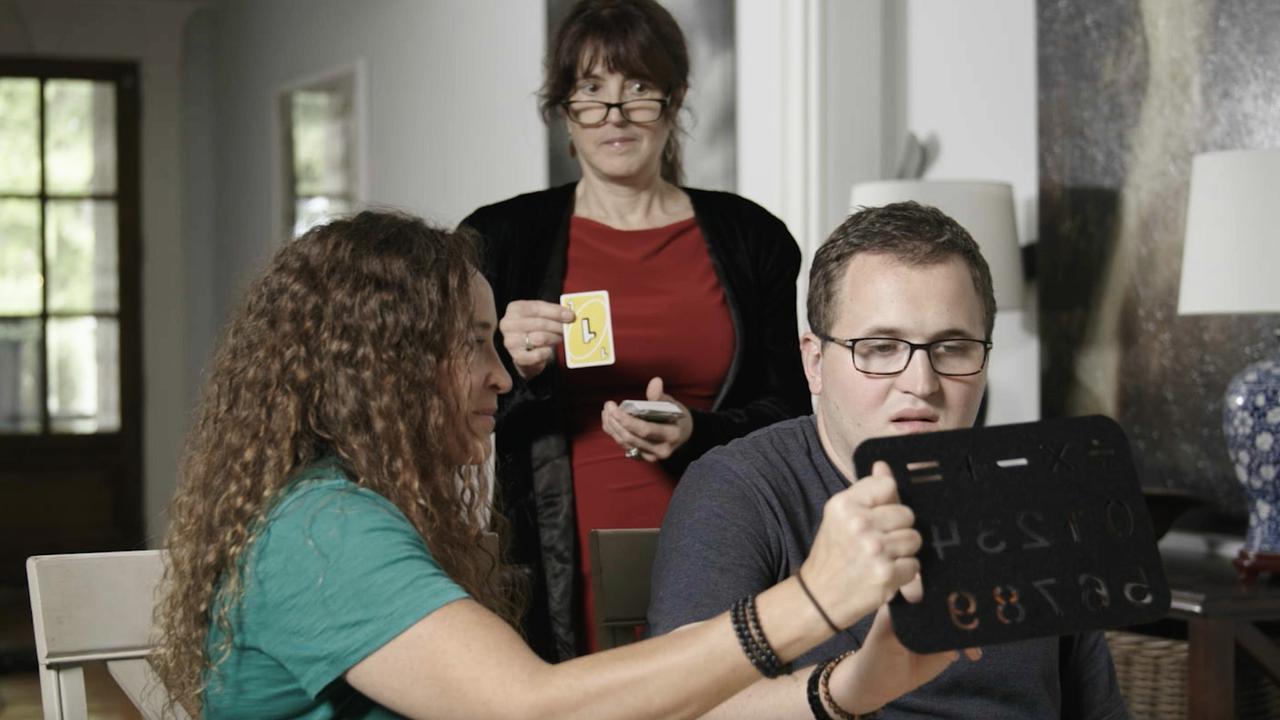Ritchie’s King Arthur: Legend of the Sword — Excalibur’s modern edge
Guy Ritchie’s King Arthur: Legend of the Sword is one of the strangest films I’ve seen in a while.

Guy Ritchie’s King Arthur: Legend of the Sword is one of the strangest films I’ve seen in a while. Normally I use “strange” as a compliment, a bravo to directors, screenwriters and actors who take us down unexpected and interesting paths. This time I’m not so sure.
I can see why the $US175 million movie has flopped at the American box office, perhaps jeopardising a planned six-part series. It’s not a straight-sworded historical drama such as King Arthur (2004), with Clive Owen as a Roman-Celtic Arthur, or a satirical comedy like Monty Python and the Holy Grail (1975). Nor is it a musical like Camelot (1967), with Richard Harris as a melodious monarch, or an animation such as Disney’s The Sword in the Stone (1963).
It has bits of all four, along with lots of the rapid, time-merging plotting and arch, contemporary dialogue of Ritchie’s best movies, the crime comedy-dramas Lock, Stock and Two Smoking Barrels (1998) and Snatch (2000).
It also has loads of special effects, including making former English football star David Beckham, in his cinematic debut, look a little less pretty. I suspect the almost equally handsome star, fellow Englishman Charlie Hunnam, insisted on that in his contract.
Hunnam is Arthur, the king-to-be. The more I think about Ritchie’s take on the genesis of the Arthurian legend, the more I like it. Fifteen minutes in I was thinking it was going to be a one-star joust, but it’s better than that, even if it’s not recognised at the ticket booths.
It opens with a tremendous battle at Camelot, where the king is Uther Pendragon (an authoritative Eric Bana, who I wish would do less car racing and more acting). The main weapon of the sorcerer-led besieging army is a herd of gargantuan elephants. Watching them wreak havoc made me cheer inside, given all the hurt we have caused to their non-CGI relatives.
Pendragon prevails, but when his throne-coveting brother Vortigern (Jude Law, looking like a mafia boss) launches a coup, the result is regicide. Only Pendragon’s young son survives. The last time he sees his father is with his kingly sword embedded in his back.
That sword, of course, is Excalibur. The rest of the film follows Arthur’s growth into a man and his ambivalent quest to revenge his father by killing his uncle. Vortigern is told he must “find the boy, kill him’’ because then “the sword will answer only to you”.
The defining moment, when Arthur grips the stone-lodged blade no man had been able to budge, is earth-shaking, on screen and to watch. It includes Beckham’s brief role as a laconic, tough soldier, and he is good.
There are other thrilling action scenes, well captured by Ridley Scott’s much-used cinematographer John Mathieson. These should appeal to the youthful target audience. How they will respond to others is less certain, such as when Vortigern beseeches an octopoid monster with topless women and a doomsaying fat man (or woman?) amid its tentacles. I liked that bit.
Arthur’s band of rebels includes a beautiful mage (Astrid Berges-Frisbey), a black knight (Djimon Hounsou) and lots of actors taking a break from Game of Thrones (one, Aidan Gillen, is deviously funny as a sharpshooting archer). Aside from the mage, women don’t have prominent roles. There’s no Guinevere, though she will appear if the series continues. Indeed, it’s all quite blokey, in the vein of Ritchie’s crime-comedies, with Arthur calling friends and foes “mate”. There are lots of animals, some of which may be female, including eagles, dogs and a stupendous snake that made me laugh out loud.
This, I think on reflection, is part of Ritchie’s plan. Is Excalibur, in Arthur’s hands, like a weapon of mass destruction, as we see it to be? Are the huge snakes and elephants real? Or is what we see a fantastical, magical vision of what in the real world, to the men on the battlefield, is more like the blood and guts of Macbeth?
The King Arthur story is based on folklore. There’s no canonical print version but the foundation writers are British cleric Geoffrey of Monmouth, in Historia Regum Britanniae (circa 1136), and 50 years later the Frenchman Chretien de Troyes, who brought in the Holy Grail and Lancelot, friend and cuckolder of the king.
Ritchie, who co-wrote the script, is far from the first to frolic around the Round Table. Mark Twain did it in 1889 with the time-travel novel A Connecticut Yankee in King Arthur’s Court. As mentioned, Monty Python had a go. A favourite of mine is ex-Python Terry Gilliam’s 1999 Holy Grail movie The Fisher King, with Robin Williams and Jeff Bridges. Good for them all, including Ritchie, who brings his distinctive 21st-century touch to a time-honoured tale.
King Arthur: Legend of the Sword (M)
3 stars
National release



